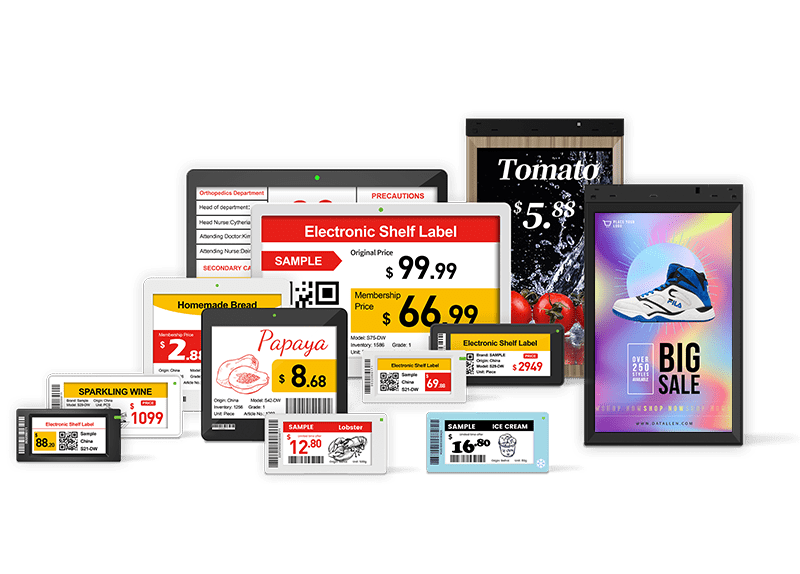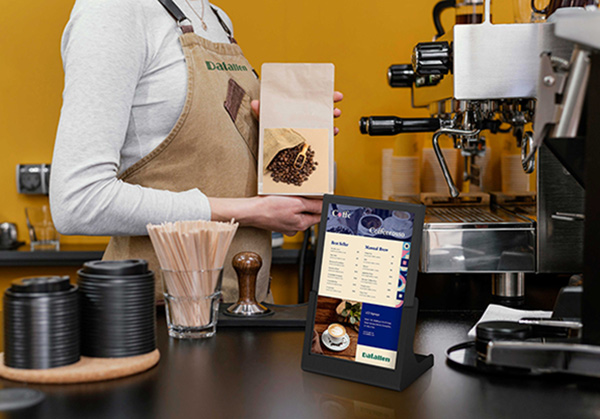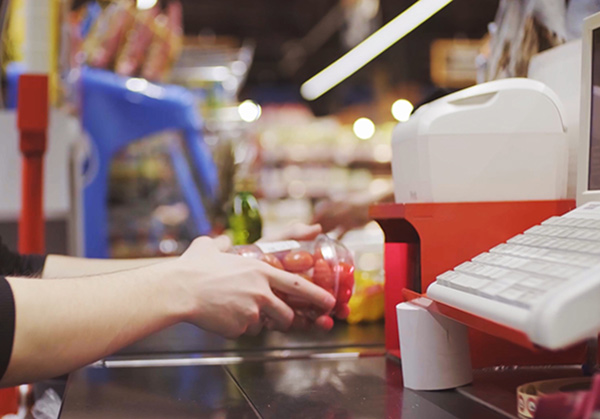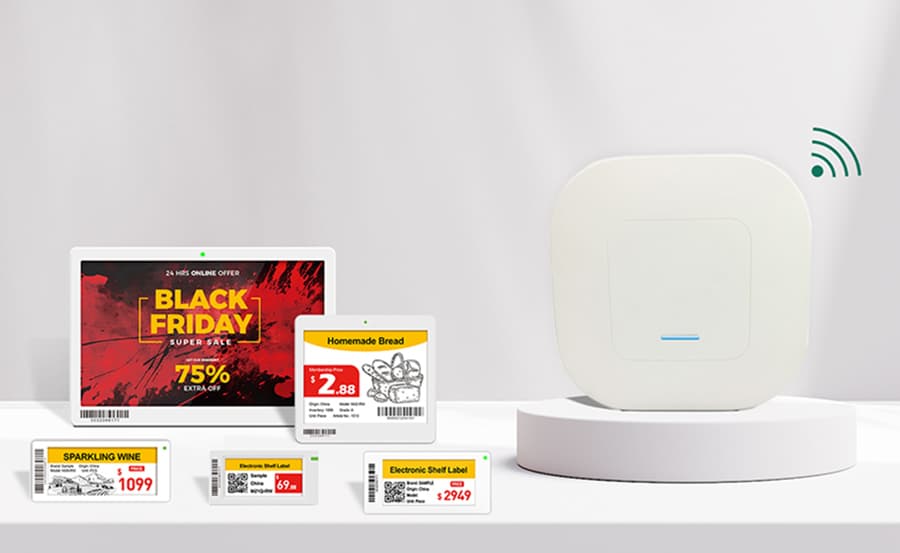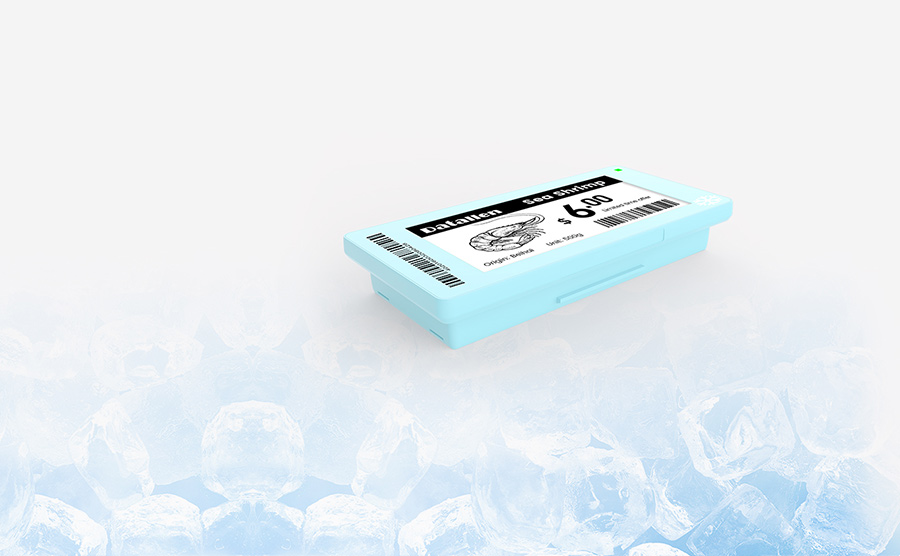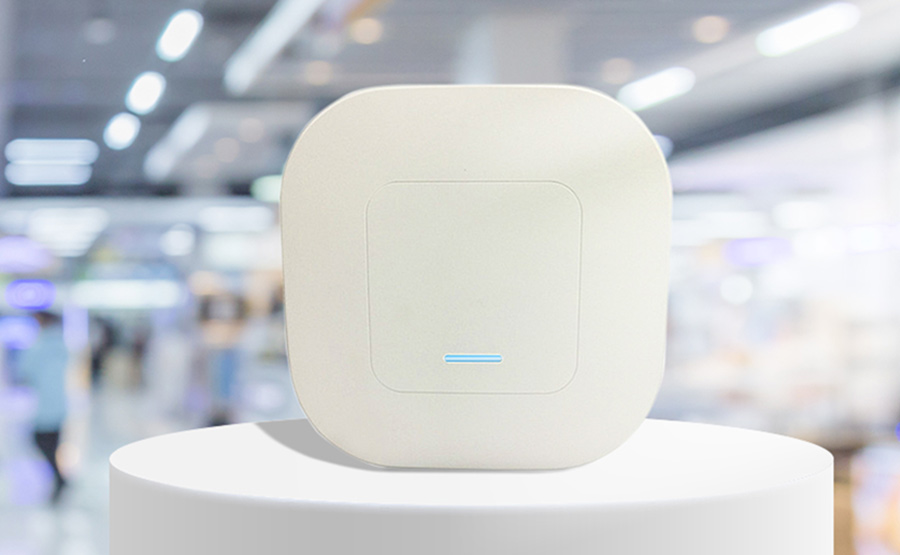The global restaurant industry faces urgent pressures: Seven in 10 operators struggle with staffing gaps, one in three customers abandon orders due to delays, and $100 billion vanishes annually from food waste. Smart restaurant technologies aren’t just buzzwords—they’re practical tools that address these crises head-on.
By 2025, the smart dining tech market will reach $120 billion, driven by solutions like AI-powered restaurant POS systems, IoT-connected digital displays, and predictive analytics that deliver measurable results.
The True Cost of Outdated Methods
Legacy systems drain profits through avoidable errors. Compare key metrics:
| Challenge | Traditional Model | Smart Restaurant |
| Incorrect orders | 18% of transactions | 0.4% error rate |
| Labor efficiency | $32/hr per employee | $51/hr output |
| Weekly food waste | 12% of inventory | Under 5% |
Four Universal Problems—Solved with Smart Restaurants Tech
1. Customers Always Ask Repeat Questions
→ Solution: Interactive digital display screens that automatically show:
- Allergen alerts (e.g., "Contains nuts")
- Ingredient sourcing details ("Beef from Grass-fed Midwest Cattle")
- 30-second chef videos explaining dishes
Result: A London steakhouse cut server interruptions by 68% using animated menu boards.
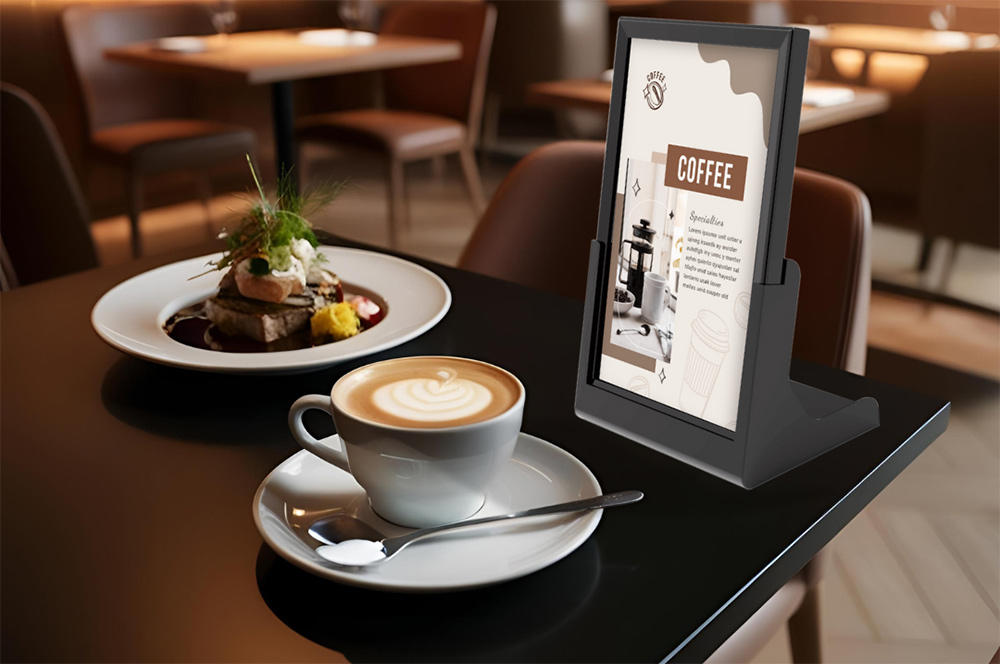
2. Kitchen Chaos During Lunch Rush
→ Fix: POS systems with AI that:
- Instantly route orders to the least busy kitchen station
- Prioritize simple dishes during peak hours
Data: Burger chains using this method serve meals in 2.3 minutes during rushes—45% faster than manual order handling.
3. We Never Know What to Order from Suppliers
→ Precision: E-paper shelf tags linked to POS sales data that:
- Auto-send restocking alerts when items run low
- Adjust orders based on real-time sales (e.g., "Order 15% more salmon tonight")
Outcome: A sushi chain reduced overstock by 40% using live inventory tracking.
4. Customers Don’t Return After First Visits
→ Loyalty Boost: POS systems that:
- Track customer preferences (e.g., "Orders latte every Tuesday")
- Send personalized offers (e.g., "Free pastry with your next coffee")
Proof: Cafés using behavior-based promotions doubled repeat visits compared to blanket discounts.
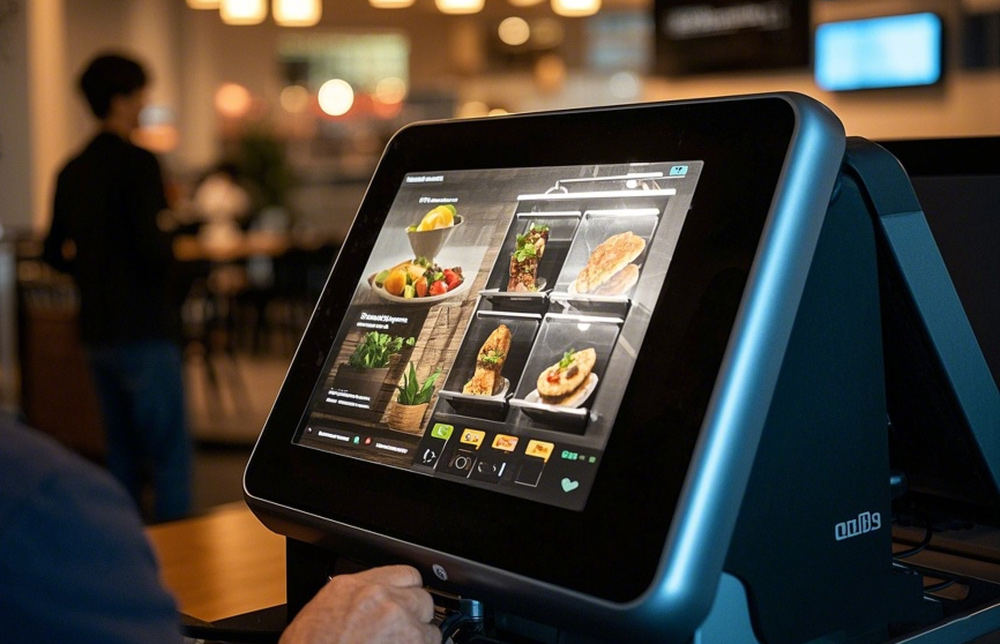
Restaurants Tech ROI: What to Expect and When
Technology | Cost Range | Payback Time | Key Benefit |
| Cloud POS System | $2,000–$8,000 | 3–6 months | Near-perfect order accuracy |
| E-Paper Price Tags | $5-$30 per tag | 4 months | Instant menu updates |
| Dynamic Menu Displays | $3,000–$15,000 | 5–8 months | 3x higher promo engagement |
| Smart Inventory Sensors | $20,000+ | 9–15 months | 37% lower operational costs |
A Real Turnaround Story
A family-owned bistro near collapse transformed through tech:
1. Step 1: Installed a cloud POS system with QR ordering—cutting service time from 45 to 28 minutes.
2. Step 2: Linked digital menu boards to kitchen displays—reducing ingredient waste by 53%.
3. Step 3: Used customer data to identify top-spending regulars—launching tailored loyalty rewards.
Results: 31% lower labor costs, 22% annual revenue growth.
Building Smart: A Roadmap for Every Budget
Starter Kit (<$5,000)
- AI-powered POS system to eliminate order mistakes
- Basic e-paper menus replacing printed sheets
Mid-Tier Upgrade ($5,000–$15,000)
- Wall-mounted digital screens showing live menu changes
- POS-integrated inventory tools to reduce overstock
Full Transformation ($15,000+)
- IoT sensors that auto-adjust cooking times based on ingredient freshness
- AR menus letting customers "see" dishes in 3D before ordering
What’s Next? Tech That Adapts as You Grow
Emerging innovations focus on flexibility:
- 5G Menus: Update prices/offers chain-wide in under 1 second.
- Supply Chain Transparency: 78% of diners now scan QR codes to view ingredient origins.
- Self-Learning Kitchens: Equipment that adjusts temperatures based on real-time humidity.
Advises:
Choose systems with open APIs—they let you add tools incrementally without overhauling existing setups. Limit tech spending to 9% of annual revenue, prioritizing ROI-proven solutions like digital displays and modular POS systems.
Time to Act
From eliminating wait times with restaurant POS systems to slashing waste via e-paper displays, smart tech turns industry pain points into profit drivers. The question isn’t whether to adopt—it’s how to start strategically.
For more insights, check out:
POP Materials vs. Smart POS Systems: Transforming Retail Marketing
2025 Innovative Retail Shop Display Ideas: Crafting Memorable Retail Experiences
Unlocking Success in Clothing Retail: A Modern Guide with Digital Price Displays
How Much Will Electronic Shelf Labels Cost Your Business? What You Should Expect to Pay in 2025
Datallen | Digital Signage Costs 2025: Buying & Installation Guide
Datallen | Essential Tools for Modern Retailers: The Synergy Between POS Systems and Electronic Pric

